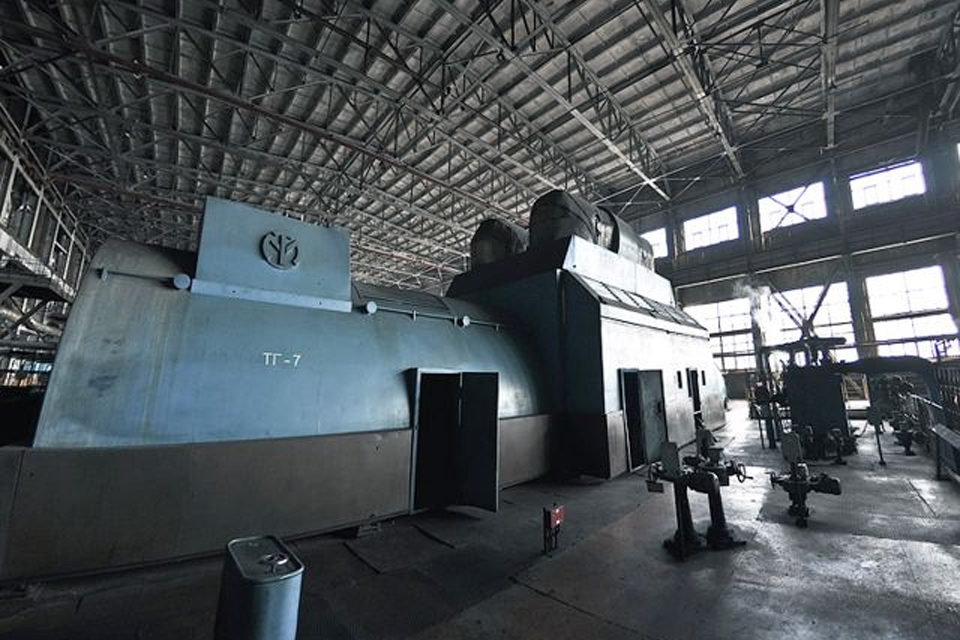 Water supply
Water supply
Biofilm

| MIOX mixed oxidant solution virtually eliminates biofilm, ultimately resulting in less bacterial contamination, reduced disinfectant requirements, and more durable disinfectant residuals to prevent recontamination. With less organics in distribution piping, fewer disinfection by-products are formed. In addition, microbiologically-induced corrosion (MIC) is reduced. Other benefits include improvements on filter backwashes, and better heat transfer efficiencies in cooling/heating systems. What is Biofilm? Biofilm is a substance that forms readily in water distribution lines, cooling towers, and any other aqueous environment. A biofilm forms when bacteria begin to excrete a slimy, sticky substance that allows them to adhere to surfaces. The biofilm mass usually consists of many species of bacteria, and can also include fungi, algae and protozoa. Biofilm is resistant to chlorine and is difficult to remove once initial adhesion occurs. The biofilm slime shelters disease-causing microorganisms, protecting them from chlorine disinfection. Notably, Legionella pneumophila requires biofilm to survive in piping systems. In addition, biofilm exerts an oxidant demand, consuming disinfectant and requiring higher doses for adequate biological control. Removing Biofilm: The MIOX Advantage.While conventional chlorine can sometimes control biofilm, it does not destroy the polysaccharide substrate formed by the biofilm that allows rapid regrowth. In side-by-side studies with conventional chlorine at the Orange County Water District, mixed oxidants not only destroyed the biofilm, but also completely destroyed the polysaccharide substrate. The researchers were surprised by this phenomenon. A time lapse video from Orange County shows removal of biofilm from a reverse osmosis membrane. Total removal took 5 hours and 40 minutes, with the most rapid removal occurring in the last 40 minutes, once the optimal dose was identified. Biofilm removal in a hot springs facility in Japan using mixed oxidant solution was also dramatic when compared to sodium hypochlorite that had previously been used on a continuous basis. A bore scope camera shows a thick biofilm coating on the 4" (10 cm) pipes, which began sloughing off immediately upon conversion to mixed oxidant solution. After 22 days, the pipe walls are virtually free of biogrowth.
|
|
|
